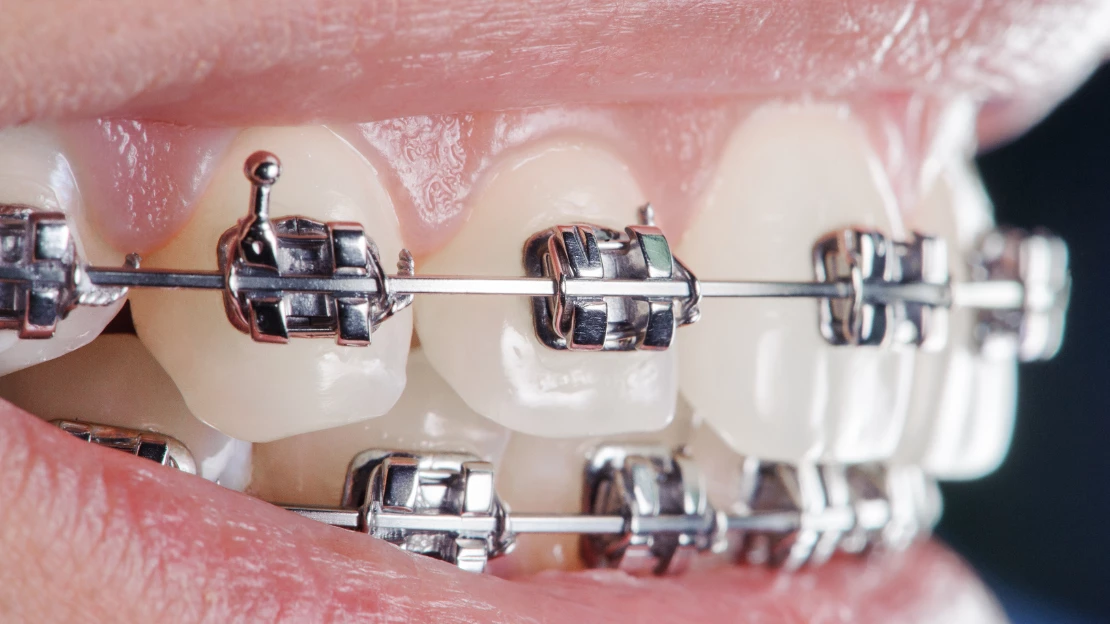Comprehensive Overview to Orthodontics Treatments for Remedying Dental Misalignments
Recognizing the ins and outs of each procedure, including their mechanisms, benefits, and potential drawbacks, is important in making educated decisions about one's orthodontic treatment. As we navigate via the thorough guide to orthodontic procedures for correcting oral misalignments, the complex information of each method will certainly unravel, dropping light on the path towards a practical and unified oral alignment.
Orthodontic Procedures Introduction

In enhancement to standard dental braces and clear aligners, orthodontists may likewise recommend various other interventions like headgear, palatal expanders, or retainers to attend to details alignment concerns (aligners). These procedures are customized to each individual's one-of-a-kind needs and may include a mix of therapies to attain the desired results. Routine modifications and surveillance are essential components of orthodontic therapy to ensure progress is on track and to make any type of needed alterations in the process. By going through orthodontic treatments, individuals can not just attain a straighter smile but likewise enhance their total dental health and function.
Conventional Dental Braces: How They Work
When taking into consideration orthodontic therapies for dental misalignments, typical dental braces attract attention as a tried and true method for dealing with teeth positioning. Conventional braces are composed of braces, cables, and bands that collaborate to use constant stress on the teeth, progressively relocating them into the wanted placement. The brackets are connected to the teeth making use of a special adhesive, and the wires are threaded through the braces. By changing the tension of the cords, orthodontists can control the instructions and force applied to each tooth, leading them into correct alignment with time.
One key element of exactly how conventional braces work is the procedure of bone renovation. As pressure is put on the teeth via the braces, the bone bordering the teeth is reshaped to support the brand-new tooth placements. This makeover is crucial for the long-lasting stability of the remedied placement. Individuals will need normal adjustments at the orthodontist's workplace to make certain the braces remain to use the appropriate pressure for effective teeth motion.
Unseen Aligners: Benefits And Drawbacks
Unseen aligners provide a hassle-free and discreet alternative to conventional braces for correcting oral misalignments. These clear, custom-made trays are basically invisible when put on, making them an attractive option for people looking for an extra aesthetically pleasing orthodontic therapy. One of the primary benefits of invisible aligners is their removability, permitting less complicated upkeep of dental health contrasted to typical braces. People can get rid of the aligners prior to eating or cleaning their teeth, reducing the risk of food getting stuck in the appliance and simplifying the cleansing process.

Surgical Orthodontic Options
Surgical treatments in orthodontics existing viable alternatives for attending to intricate oral misalignments that might not be properly settled via standard orthodontic treatments. While standard dental braces and unseen aligners can fix several orthodontic issues, particular situations call for surgical treatment to achieve optimum results. Surgical orthodontic options are generally advised for extreme malocclusions, significant jaw inconsistencies, and cases where the underlying bone structure requires alteration to attain correct alignment.
One common medical orthodontic procedure is orthognathic surgery, which involves repositioning the jaws to correct functional helpful hints problems such as difficulty chewing or talking. This surgical treatment is frequently carried out in partnership with an orthodontist who helps align the teeth before and after the treatment. Surgical orthodontics might additionally entail treatments to reveal affected teeth, remove excess gum cells, or improve the jawbone to develop a more harmonious facial account.
Before considering surgical orthodontic alternatives, people go through a comprehensive analysis to figure out the necessity and possible advantages of such treatments. orthodontist. While surgical procedure might appear complicated, it can considerably improve both the function and aesthetics of the smile in situations where standard orthodontic therapies fail
Retainers and Post-Treatment Treatment

Post-treatment treatment involves complying with the orthodontist's directions diligently. This may consist of correct oral hygiene methods, participating in follow-up appointments, and putting on the retainers as suggested. Failure to follow post-treatment treatment guidelines can result in relapse, where the teeth progressively move back in the direction of their initial positions. Regular retainer wear, excellent oral hygiene, and normal oral exams are crucial for keeping the outcomes achieved with orthodontic surgery and ensuring the long-lasting security of the dealt with oral positioning.
Conclusion
In click resources verdict, orthodontic treatments provide numerous alternatives for fixing oral imbalances. Surgical orthodontic alternatives are readily available for much more severe imbalances. On the whole, orthodontic treatments can effectively improve oral health and wellness and visual look.
As we navigate via the detailed guide to orthodontic procedures for remedying dental imbalances, the complex information of each technique will unfold, dropping light on the course toward a unified and useful dental alignment. - cumming invisalign
One of the most typical orthodontic therapies is the usage of dental braces, which consist of steel braces and cords that apply mild stress to slowly shift teeth into the wanted position.When considering orthodontic treatments for dental misalignments, traditional braces stand out as a time-tested approach for remedying teeth placing. Furthermore, unseen aligners might not be ideal for intricate orthodontic problems that call for even more significant teeth movement, as they are commonly suggested for moderate to modest instances. Retainers are tailor-made orthodontic devices developed to hold teeth in their corrected positions after the conclusion of orthodontic treatment.